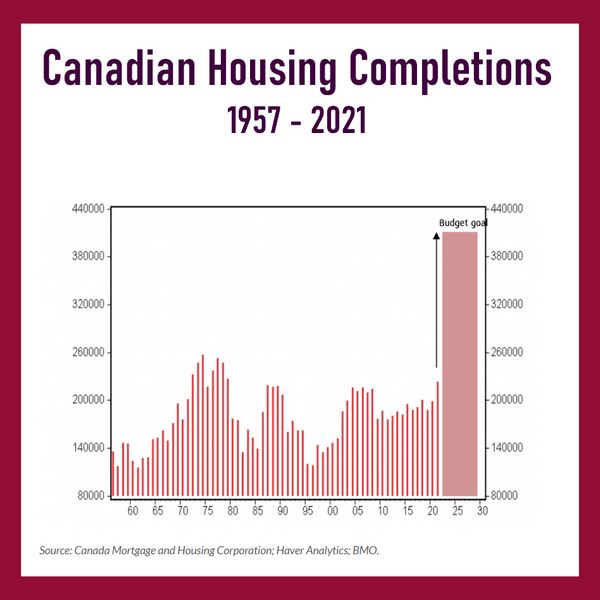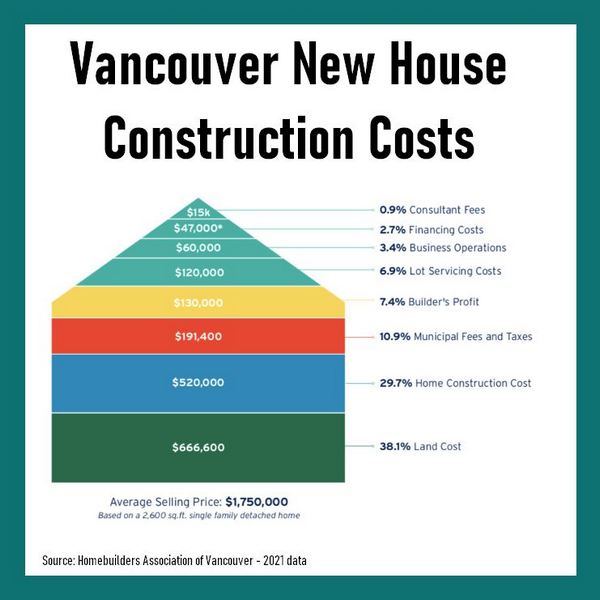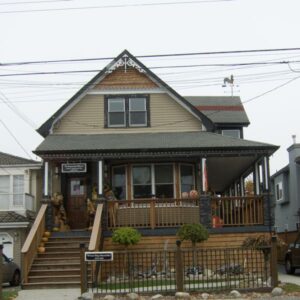The conversation around affordable housing is often simplified to one issue: we’re not building enough. The assumption is that if we build more, the problem will be solved. But the real question is, who is supposed to build it?
Right now, many people aren’t buying what’s being built, and some projects are being pulled entirely. Developers are feeling the strain, with some even facing foreclosure. A recent survey by the Canadian Home Builders’ Association showed negative sentiment for eight consecutive quarters, with most members attributing it to high interest rates. In fact, 61% of builders plan to construct fewer homes in 2024 than in 2023, with many slashing their estimates by half.
At the same time, report after report highlights the number of housing units that must be built to “restore housing affordability.” Canada Mortgage and Housing Corporation (CMHC), the Parliamentary Budget Officer (PBO), and Oxford Economics have all released projections. Oxford Economics estimates we need to build 420,000 homes annually for the next decade. The PBO projects 436,000 homes per year until 2030, which is 80% more than the total number of homes completed in 2023. And CMHC? They estimate 637,000 homes are needed annually until 2030. As you can see from the graph below, historically, up until 2021, we have never built more than 260,000 homes a year.
But here’s the issue: when the cost of raw materials, labor, and fees are already sky-high, how does building more help? Meanwhile, the cost of everything continues to rise. Just last year, Metro Vancouver increased development cost charges for a typical residential lot to $34,133 (from $10,027) and to $20,906 (from $6,249) for each apartment unit. This is not helping.
Other factors are also worsening housing affordability—migration to big cities, wage suppression, increased immigration, and opening housing markets to the global wealthy. Unless the government does a massive restructuring of the budget and divert a large portion to build subsidized housing, affordable housing is a dream.
Currently, high interest rates, restrictive rental regulations, and the foreign buyer ban have dried up demand for new condos. This has put immense pressure on developers, especially smaller ones or those with high levels of debt. For many, the carrying costs have become unsustainable, and some developers will go out of business. As the economy slows, we may see some discounted deals as builders try to recoup costs or cut losses.
Larger developers can afford to rent out units or keep them vacant for now. However, it won’t take long for this slowdown in construction to cause a housing shortage, driving prices upward once again. Builders will continue to pull back until they see a clear path to profitability—and affordable prices won’t be part of that equation.





